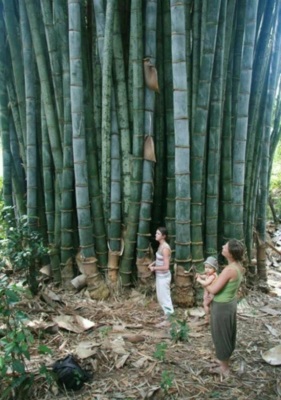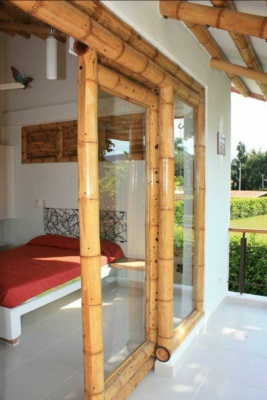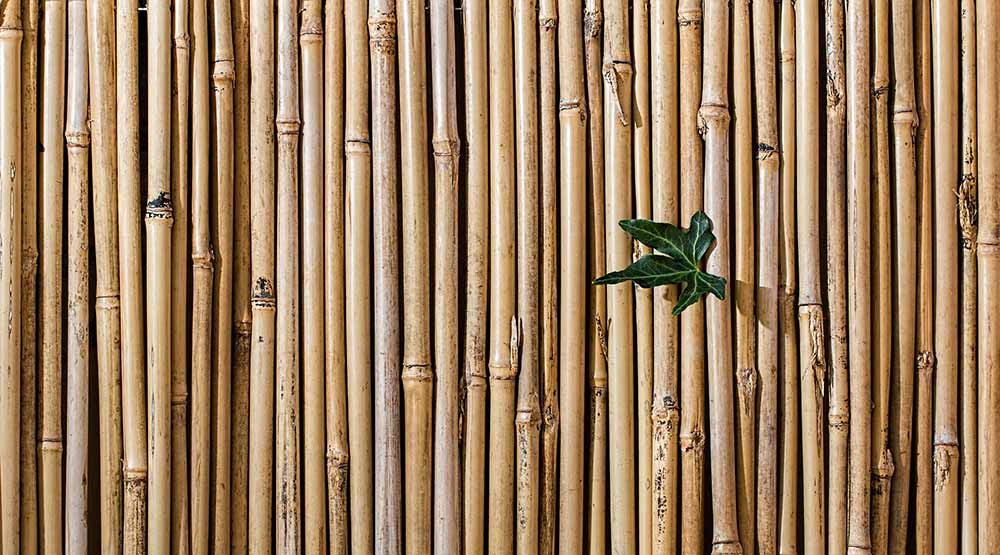Bamboo as a meeting point between innovation and tradition to progress towards increasingly sustainable architecture.
That any market is constantly influenced by fashions and trends is, today, a concrete reality. Every company is always oriented towards the hungry search for intuitions, opportunities, novelties or, simply, the constant identification of new needs of the final consumer. As in every sector, the construction sector also follows these dynamics, these rules. Over the last few years, the concept of environmental sustainability has become an essential value for any manufacturer, pushing each of them to verify and modify their production methods in order to minimize the impact on the ecosystem. An emblematic example is represented by the passing of the baton from the use of traditional wood species to the use of bamboo, a highly versatile wood type increasingly applied in works of architecture, design and even in the field of food and wine.

In particular, the main characteristics of the bamboo plant include flexibility and, at the same time, resistance and durability, i.e. qualities undoubtedly appreciated in the construction field, so much so as to give it the nickname “green steel”. In addition to the creation of parquet floors, which is now a consolidated reality, bamboo is also rapidly gaining ground in the production of doors and windows, replacing conventional wood types as it is particularly suitable for building and insulating. Compared to common solid wood, in fact, bamboo presents a series of real advantages: the novelty of its exotic charm and aesthetic beauty combined with its great resistance to impacts and humid environments have caused the demand for this raw material to skyrocket. The bamboo window and door represents a unique product of its kind and of great value, a real novelty developed after a long period of research and experimentation.

The fibrous nature that distinguishes its fabrics gives bamboo a notable mechanical resistance, both in the traction and compression phases of the material compared to that of traditional wood, greater in traction than that of steel (the resistance reaches approximately 12,000 kg/ anyway) and greater in compression than that of concrete. In light of these extraordinary physical properties, therefore, it has been discovered that bamboo constitutes one of the materials par excellence for the production of windows and doors. But the long list of advantages does not end here because, among these, the eco-sustainability of the material is also included. In particular, it is an easily available plant that grows autonomously, characterized by a rapid and spontaneous growth cycle of approximately 5 years and, for this reason, it is not the subject of cultivation or exploitation. Furthermore, it brings very important benefits for the forest ecosystem: it prevents soil erosion and run-off, absorbs CO2 up to 40 times more than a traditional forest area of the same size, and releases 35% more oxygen. Contrary to what often happens, the bamboo forest is not deforested, but rather thinned out: only the culms that have reached the appropriate age and size (even over 20 meters in height and 25 centimeters in diameter) are ready for cutting. Architects and engineers from all over the world have embraced bamboo for the creation of elegant parquet floors, comfortable temporary accommodation and emergency buildings, as well as, of course, zero impact doors and windows for fortresses and windows. In-depth studies have been conducted precisely on this last product category, thanks to which it has been possible to create an innovative smart and eco-sustainable material, capable of standing out thanks to its high levels of performance: we are talking about “Wood Plastic Composite” (WPC). A hybrid compound with great resistance, made up of woody fibers extracted from bamboo cane combined with particular plastics deriving from recycled material, which in turn can be heat-fused and, therefore, usable again. In this way, albeit to a relative extent, the use of the bamboo plant also contributes to limiting the volume of plastic waste, as well as the further consumption of fossil fuels linked to oil. Therefore we are faced with a highly functional product born from the meeting between innovation and tradition which, apparently, is particularly suitable for meeting the challenge of the future. But our dear old panda friends had already guessed everything centuries ago…

“The bamboo that bends is stronger than the oak that resists” (Chinese proverb).
Sources: Serramenti Falegnameria Pellegrini, Calestani, Campesato, Finestre Pavanello.

